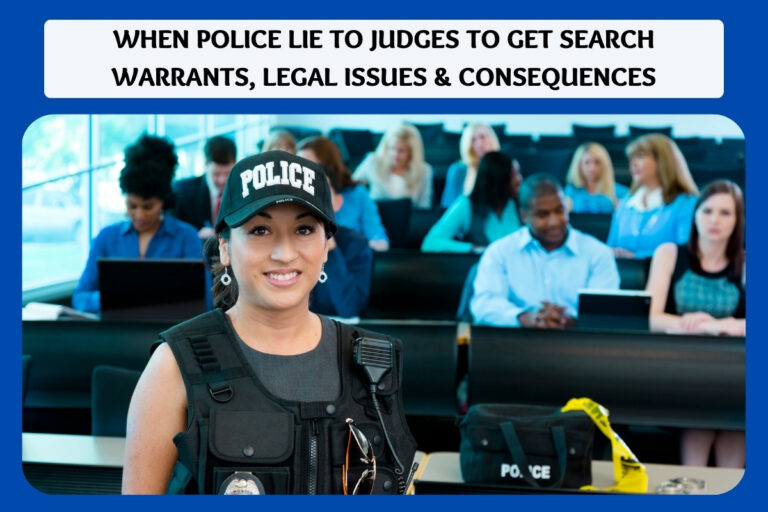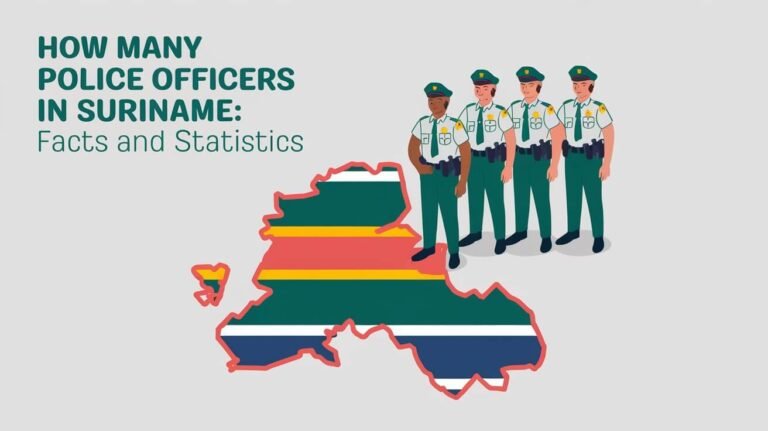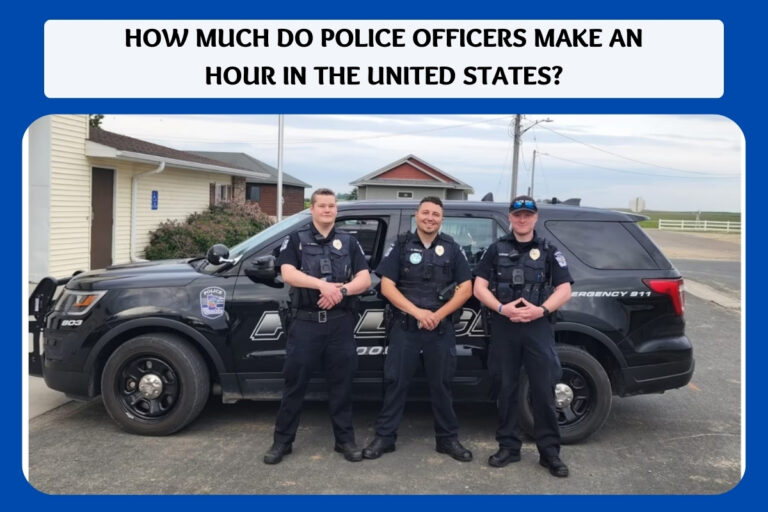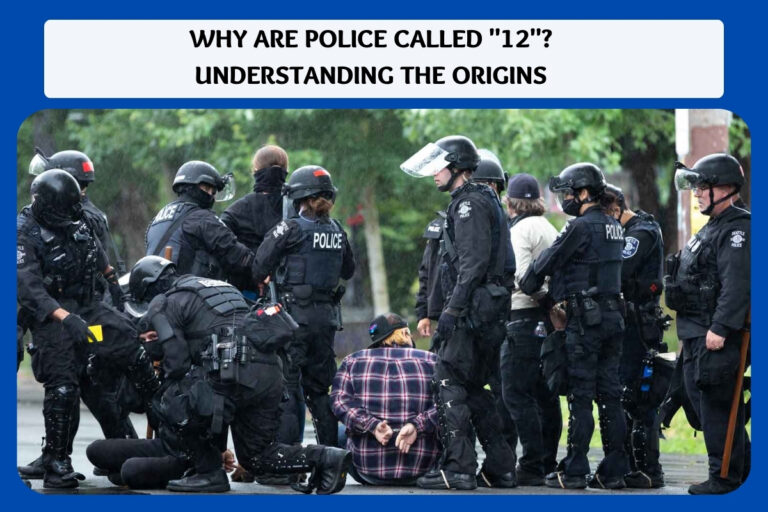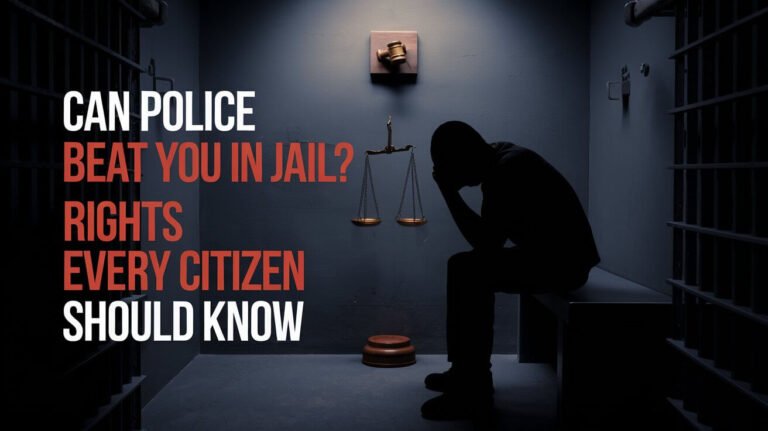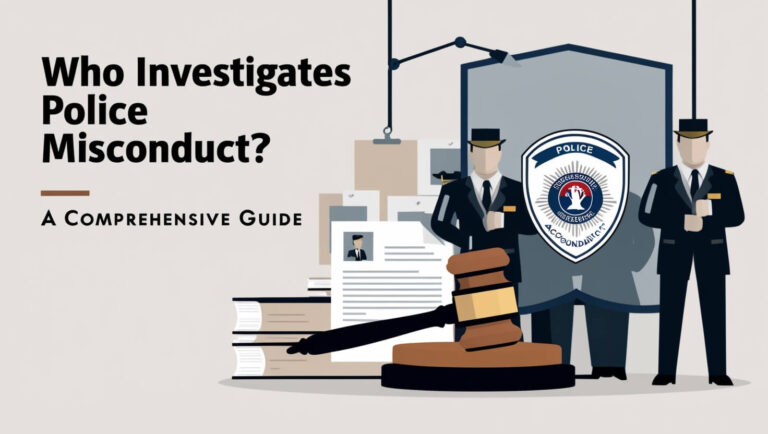Do British Police Carry Guns? Policies and Practices
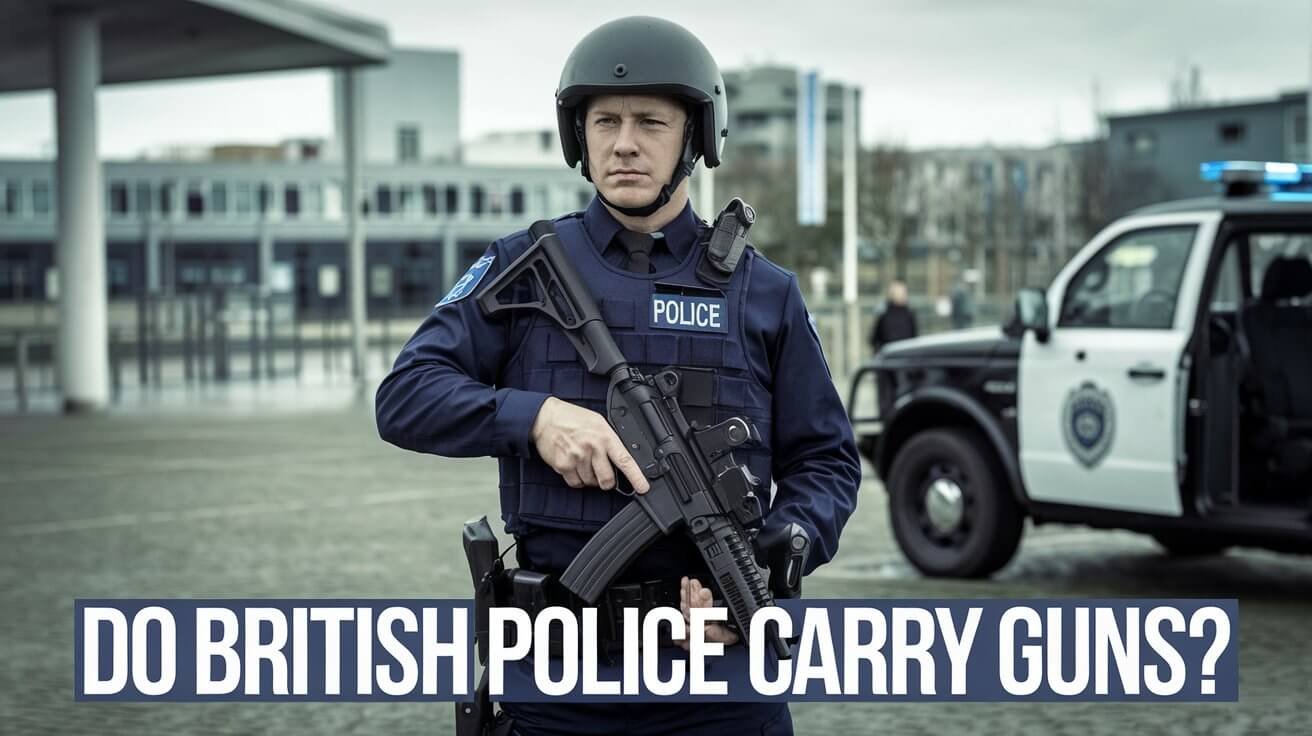
The British police have a special policy on guns. They focus on community policing and use guns very little. In Northern Ireland, all police carry guns. But in the rest of the UK, only special officers carry firearms.
The British police’s gun policy comes from the country’s history and culture. They have been unarmed for over a century. This approach helps build trust between the police and the community, which is key in the UK.
British Police and Their Standard Equipment
British police officers are trained to use various tools for public safety. They learn to handle speedcuffs, extendable batons, and sprays like PAVA or CS. These tools are meant to cause minimal harm but help officers handle situations effectively.
The focus on unarmed police is a big part of British law enforcement. By using non-lethal equipment, the police aim to keep everyone safe without risking violent confrontations. Officers carry radios and mobile phones to stay in touch and respond quickly.
Non-lethal Equipment Types
Some non-lethal tools used by British police are:
- Speedcuffs
- Extendable batons
- Incapacitant sprays like PAVA or CS spray
Standard Issue Protection Gear
British police also wear standard protection gear. This includes stab vests and helmets. These items help protect officers while allowing them to move and respond freely.
Communication Devices
Good communication is key for public safety. British police use radios and mobile phones to stay in touch and handle emergencies. These tools help officers coordinate and respond quickly.
History Behind Unarmed British Police
The idea of unarmed British police started in the 19th century. It’s based on “policing by consent,” which means building trust with the community. In the UK, law enforcement in the UK aims to keep order and solve problems through talking and diplomacy, not guns.
The British police were first created to keep cities safe without guns. They used their smarts and communication skills to handle conflicts. This method has been key in british police history, focusing on working with the community and finding peaceful solutions.
Some interesting facts about British police include:
- More than 90 percent of UK police officers don’t carry guns
- In the twelve months up to March 2016, police in England and Wales fired just seven bullets
- Only about one police officer is killed in the line of duty each year in the UK, out of 120,000 officers
These numbers show unarmed policing works well in the UK. They show how law enforcement in the UK keeps people safe. Knowing about unarmed British police helps us understand the UK’s unique policing approach, shaped by british police history.
Armed Response Units in British Law Enforcement
Armed response units are key in British law enforcement. They handle high-risk situations like terrorist attacks or armed robberies. The police have strict rules to keep everyone safe.
Recently, there are fewer armed officers in England and Wales. By 31 March 2022, there were 6,192 armed officers, down from 6,621 in 2019. Yet, these units are essential for British law enforcement. They follow strict protocols, like the “Gold, Silver, Bronze” system, for quick action in emergencies.
Deployment Protocols
Armed response units follow strict rules to keep everyone safe. They work through a command and control system. This ensures the right help gets to the right place at the right time.
Response Times and Coverage
Armed response units aim to respond fast to emergencies. How quickly they can get there depends on the location and the situation. Generally, they offer quick and effective help, covering a wide area.
| Year | Number of Armed Operations | Number of Armed Officers |
|---|---|---|
| 2022 | 18,259 | 6,192 |
| 2024 | 17,589 | 6,473 |
Do British Police Carry Guns Today?
The British police have a special policy on guns, focusing on community policing and using guns only when necessary. In England and Wales, only 4.9% of police officers carry guns. This is a big difference from countries like Spain, where 83.6% of officers are armed.
The British police aim to solve problems without guns whenever possible. They use de-escalation techniques and engage with the community. Police in the UK mainly carry Tasers, batons, and mace spray, not guns.
There are some exceptions, like Northern Ireland, where police are always armed. Special units like CO19 also conduct armed patrols in certain areas. But even then, using guns is strictly controlled and requires a lot of training. The British police’s gun policy and laws aim to keep everyone safe while respecting human rights.
- In England and Wales, only 4.9% of police officers are armed.
- The Police Service of Northern Ireland (PSNI) is responsible for maintaining order in Northern Ireland, and its officers are trained to use firearms.
- Over 80% of British police officers prefer not to see all officers armed, despite rising violent crime levels.
Training Requirements for Armed Officers
Armed officers in the UK get tough training to deal with dangerous situations. They learn how to use firearms, which is key. To be an Authorised Firearms Officer (AFO), they need two years of service and pass a tough selection.
Training for AFOs covers many areas. This includes how to handle weapons, shoot, and give advanced first aid. Each Police Forces’ training is checked by the College of Policing. This makes sure officers get top-notch training. AFOs also keep their skills sharp by passing tests on fitness, tactics, and shooting.
Firearms Certification Process
The firearms certification is a big part of police training. Officers must show they can handle weapons and shoot well. They also need to know tactics and first aid. This process makes sure officers can handle dangerous situations safely.
Ongoing Training Requirements
AFOs must keep training to stay sharp. They get tested on fitness, tactics, and shooting often. They also learn about new gear and methods. This keeps them ready for dangerous situations.
Some important parts of police training for armed officers include:
- Firearms certification
- Weapon handling and shooting
- Advanced first aid
- Tactics and communication
- Regular testing and evaluation
Public Safety Without Regular Firearms
The British police have a special way of keeping the peace. They focus on working with the community and rarely use guns. This method is rooted in the country’s history and culture. It’s all about building trust between the police and the people.
To keep everyone safe, the British police use many strategies. They talk, negotiate, and try to calm situations down. A rule about using guns was set in 2003. It says police should only use special weapons when it’s really necessary.
Here are some important facts about the British police’s approach:
- The police in England and Wales are mostly unarmed. But, they sometimes need armed help for certain jobs.
- Police officers must always respect human life. They should use force carefully, trying to cause as little harm as possible.
- The rules for police using force are clear. They follow laws from around the world, common law, and laws made by the government.
- About 2,500 armed officers work for the Metropolitan Police. They help keep a city of nine million people safe.
British police aim to keep everyone safe without relying on guns. They build trust with the community and use various methods to keep the peace. This way, they focus on safety while also valuing human life and reducing harm.
British Police Tactics and De-escalation
British police are trained in various tactics to solve conflicts. They use communication, negotiation, and de-escalation techniques. These methods aim to reduce force and ensure public safety.
The police focus on using space and time to lower threats. Their training stresses the need for peaceful conflict resolution. This approach helps keep everyone safe.
De-escalation techniques are a big part of British police training. Officers learn to use communication and physical methods to solve conflicts. This method has proven effective in reducing force and injuries.
Focusing on de-escalation, the British police can solve conflicts safely. This approach improves public safety and reduces crime.
Key De-escalation Techniques
- Communication strategies: British police are trained to use active listening and empathy to resolve conflicts.
- Physical intervention methods: Officers are trained to use minimal force and prioritize de-escalation techniques.
- Conflict resolution training: British police receive training on conflict resolution and de-escalation techniques to help them resolve conflicts peacefully.
Using these techniques, the British police can solve conflicts safely. This reduces the need for force and lowers injury risks. It’s a key part of their tactics.
| Technique | Description |
|---|---|
| Communication strategies | Active listening and empathy to resolve conflicts |
| Physical intervention methods | Minimal force and prioritization of de-escalation techniques |
| Conflict resolution training | Training on conflict resolution and de-escalation techniques |
Statistics on Police Firearms Usage in Britain
In Britain, only 4% of the 142,526 police officers are allowed to carry guns. This means 6,677 officers are trained for high-risk situations. The Metropolitan Police, the biggest force, has 2,500 officers with gun permission.
The rules for using guns by police are strict. Officers can only use guns when it’s really needed. In 2016, the National Police Chiefs’ Council wanted to add 1,500 more armed officers due to terrorism threats. But the number of armed officers has stayed around 4%-5% of all officers.
Some important facts about police guns in Britain are:
- Only 4% of police officers in England and Wales are authorized to carry firearms.
- 6,677 police officers are authorized to carry firearms in England and Wales.
- 2,500 officers in the Metropolitan Police are authorized to carry firearms.
- The NPCC aimed to increase the number of trained armed officers by 1,500 in 2016.
These numbers show how well Britain’s police handle guns. Britain’s police follow the lead of countries like Australia, Austria, and Denmark. But, they only use guns when it’s really necessary. This careful approach is key to their use of firearms.
Counter-Terrorism Police Operations
British law enforcement agencies are working hard against terrorism. They have seen a big rise in armed police actions. In 2018/19, armed police operations in England and Wales went up by 7%, reaching 20,186. Most of these actions involved Armed Response Vehicles (ARVs), showing how vital these units are in facing terrorist threats.
The British police have many specialized teams ready to tackle terrorism. The Metropolitan Police Firearms Unit is one such team. They have special gear like firearms and explosives. They are trained in various tactics to handle conflicts. The Counter-Terrorism Command system helps them respond quickly and work together with other agencies.
Specialized Units and Equipment
The rise in armed officers is due to the fight against armed crime, terrorism, and violent crime. The number of Armed Response Vehicles (ARVs) in England and Wales has grown by over 25%. This allows for quicker responses to big incidents like terrorist attacks. There was also a 63% increase in Counter Terrorism Specialist Firearms Officers (CTSFO), showing better training for these officers.
| Year | Armed Operations | Armed Response Vehicles | Counter Terrorism Specialist Firearms Officers |
|---|---|---|---|
| 2018/19 | 20,186 | 88% | 63% increase |
| 2022 | 18,259 | Not available | Not available |
Even with more armed operations, police only had to use their guns 13 times. This is just 0.06% of all armed deployments. It shows how well British police can solve problems without using deadly force.
British vs American Policing Models
The British and American policing models differ in their approaches. The British model focuses on community policing and limits gun use. In contrast, the American model emphasizes enforcement and often uses guns.
Some key differences between the two models include:
- Firearm usage: British police officers are not routinely armed, except in Northern Ireland, whereas American police officers are often armed.
- Training: British police officers receive training in de-escalation techniques and communication, whereas American police officers may receive more training in firearms usage.
- Community engagement: The British policing model prioritizes building relationships with the community, whereas the American policing model may be more focused on enforcement.
Studies show the British model can reduce force and improve police relations. For example, in England and Wales, police used guns only five times in the year ending March 2020. This shows a very low rate of firearm use.
In contrast, the American model has faced criticism for its high gun use and police brutality. By adopting British model principles, like de-escalation and community engagement, American police could improve. This could lead to less force used and better community relations.
Success Rates of Unarmed Policing
Unarmed policing has become a hot topic in law enforcement worldwide. It’s about how well it works in solving crimes and keeping officers safe. In the UK, for instance, the number of times police use guns has stayed about the same. There were 18,395 such operations from April 2023 to March 2024.
Crime Resolution Statistics
In England and Wales, the Metropolitan Police and West Midlands Police did 34% of all gun operations. Most of these operations involved armed response vehicles. There were 10 times when police intentionally fired their guns at people in 2023.
Officer Safety Records
The UK has fewer armed police officers now than last year. There are 6,651 authorized armed officers, but only 6,038 are ready to go. This shows unarmed policing works well, with only 0.05% of gun operations ending in police firing.
| Year | Firearms Operations | Intentional Police Firearm Discharges |
|---|---|---|
| 2022 | 18,257 | 5 |
| 2023 | 18,395 | 10 |
Unarmed policing seems to be effective, with few police shootings and a focus on community policing. Looking at crime stats and officer safety helps us see how well unarmed policing works. It shows promise for use in other countries too.
Final Verdict
The British way of policing focuses on working with the community and using guns only when necessary. This approach has shown that safety can be maintained without always arming officers. The data shows that while armed police operations in the UK have grown, the use of deadly force is much lower than in countries like the United States.
British police see themselves as public servants, working alongside the communities they serve. This philosophy, shaped by the country’s history and values, has earned them the trust and respect of the public. The world is looking for ways to improve police accountability and the use of force. The British model offers a promising alternative, focusing on communication, de-escalation, and saving lives.
Discussion about arming British police officers is ongoing, but their current method is clearly working. The UK has kept public safety high while sticking to community-focused policing. As we face global public safety challenges, the British approach gives us valuable lessons. It shows us how to make policing more humane, responsive, and effective.
Reader Questions
Do British police carry guns?
British police focus on community policing and use guns rarely. They follow a tradition of being unarmed, starting in the 19th century. This is based on the idea of “policing by consent”, aiming to build trust with the community.
What standard equipment do British police use?
British police use non-lethal tools like speedcuffs and batons. They also have radios and phones to communicate and respond quickly to emergencies.
What is the history behind the unarmed British police?
The British police have been unarmed for over a century. This approach is rooted in “policing by consent”, focusing on building trust with the community.
What is the role of armed response units in British law enforcement?
Armed response units handle high-risk situations like terrorist attacks. They follow strict protocols to protect the public and officers.
Do British police carry guns today?
British police use guns rarely, focusing on community policing. But, in Northern Ireland, police are armed regularly.
What are the training requirements for armed officers in Britain?
Armed officers get intense training. This includes firearms certification and ongoing skills updates.
How do British police maintain public safety without regular firearms?
British police use communication and negotiation to keep the peace. They also use physical methods like batons to restrain threats.
What tactics and de-escalation methods do British police use?
British police are trained in various tactics to resolve conflicts. They use communication, negotiation, and physical methods to handle threats.
What statistics are available on police firearms usage in Britain?
British police use firearms only in high-risk situations. The statistics show the effectiveness of their approach to law enforcement.
What is the role of counter-terrorism police operations in Britain?
Britain has specialized units for terrorist threats, like the Metropolitan Police Firearms Unit. These units use specialized equipment and tactics to resolve conflicts.
How do the British and American policing models differ?
Britain focuses on community policing and minimal guns, while America emphasizes enforcement and guns. This affects public safety and police-community relations.
What are the success rates of unarmed policing in Britain?
Britain’s unarmed policing has reduced crime and improved safety. This success comes from effective strategies and strong community ties.

